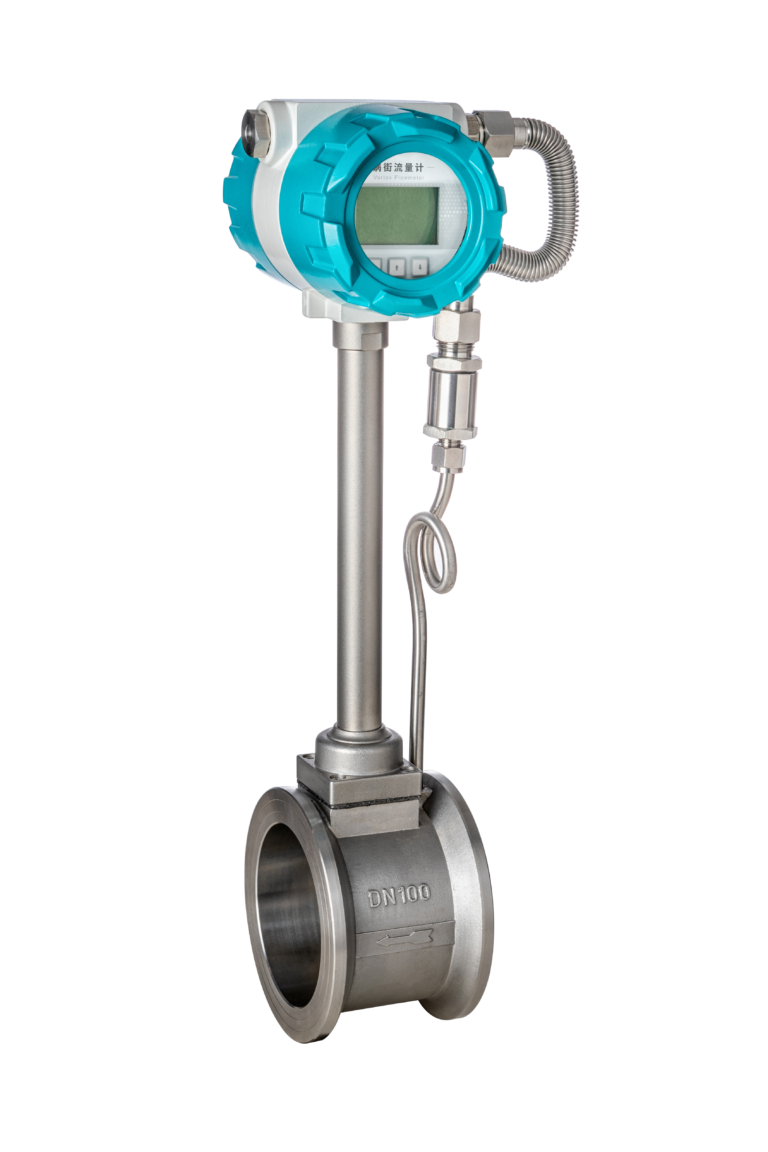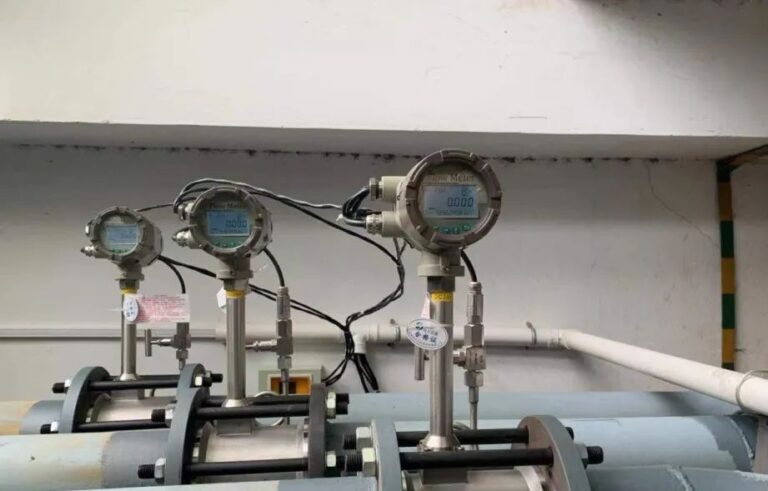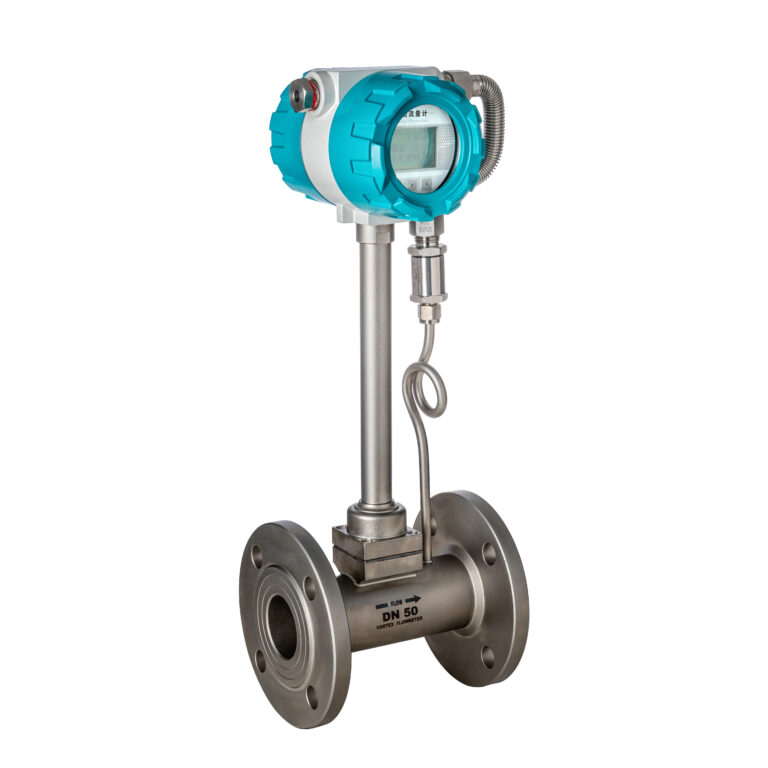The bluff body, also known as the vortex generator, is one of the core components of a vortex flowmeter. Its primary function is to induce vortex shedding along its axial direction within the flow field, transforming the three-dimensional pipe flow into a two-dimensional vortex flow. Additionally, it collaborates with the sensing elements by providing a suitable installation position for accurate detection of vortex signals.
The flow characteristics of vortex flowmeters, such as the instrument coefficient, linearity, repeatability, and rangeability, are closely related to the shape and geometric parameters of the bluff body. Currently, the design of bluff bodies lacks a rigorous theoretical foundation or systematic computational methods. Manufacturers both domestically and internationally rely heavily on experimental data to determine the shape and parameters of bluff bodies used in their vortex flowmeter products. Therefore, the classification of bluff bodies is primarily based on their shape and structure.

Classification of Bluff Bodies
Generally, there are two main methods for classifying bluff bodies:
By Shape: Bluff bodies can be categorized into cylindrical, triangular prism, trapezoidal prism, rectangular prism, and T-shaped bluff bodies.
By Structure: Bluff bodies can be divided into single and double (or multiple) bluff bodies. The basic shapes for single bluff bodies include cylindrical, triangular prism, and rectangular prism forms.
With the advancement of vortex flowmeter technology, composite bluff bodies combining several basic shapes have emerged, achieving improved performance. For instance, Anhui Automation Instrumentation Co., Ltd. (Wan Zi Yi) relies on extensive experimental results to adopt triangular prism bluff bodies in their vortex flowmeter series. They also utilize unique sensor encapsulation technology and protective measures to ensure product stability and reliability.
Theoretical Analysis and Practical Considerations
From a theoretical standpoint, as long as the measured fluid is viscous and exhibits flow around an object, a positive pressure gradient (dp/dx > 0) along the flow direction will lead to flow separation. Consequently, when a fluid passes by any non-streamlined obstacle and the Reynolds number (Re) reaches a certain value, vortex shedding will occur. However, the strength and stability of vortex signals significantly differ depending on the bluff body’s shape and geometric dimensions.
To meet varying flow measurement requirements, different bluff bodies must satisfy distinct fundamental criteria. This differentiation benefits the design and development of vortex flowmeters by allowing for optimization based on specific measurement needs.

Recommendations for Design Improvement
Comparative Analysis: A more detailed comparison of the advantages and disadvantages of various bluff body shapes would provide deeper insights into design optimization.
Incorporation of Visual Aids: Introducing diagrams and schematics of different bluff body types can enhance understanding and make the content more intuitive.
Real-world Applications: Integrating case studies or practical applications can demonstrate how specific bluff body designs perform in industrial settings.
Theoretical Enhancement: Although the design lacks a complete theoretical framework, incorporating the latest research or theoretical models can enrich the discussion.

Conclusion
The bluff body is critical to the performance of vortex flowmeters, directly influencing measurement accuracy and stability. Continuous research and development, combined with practical experimentation, will drive future innovations in bluff body design, enhancing the overall performance and reliability of vortex flowmeters.
